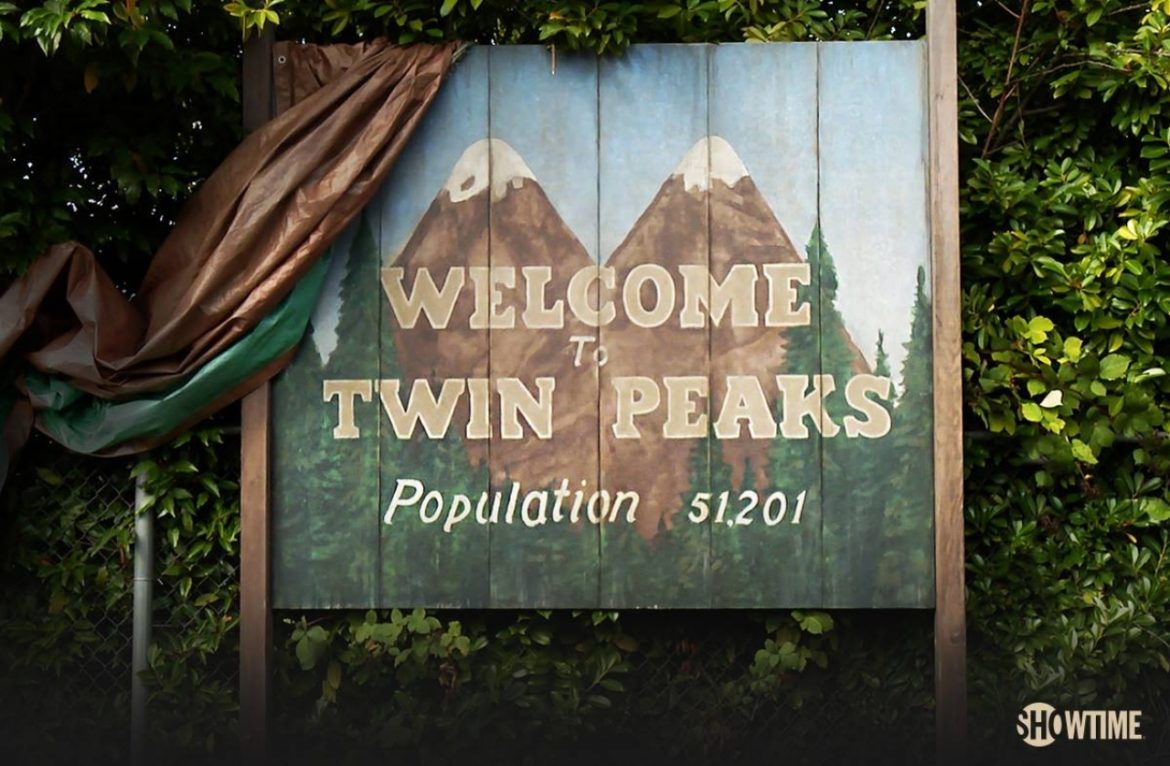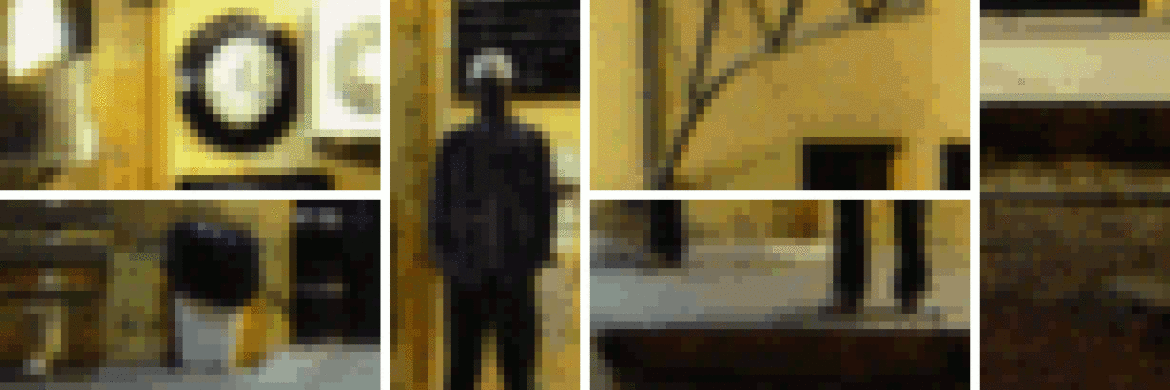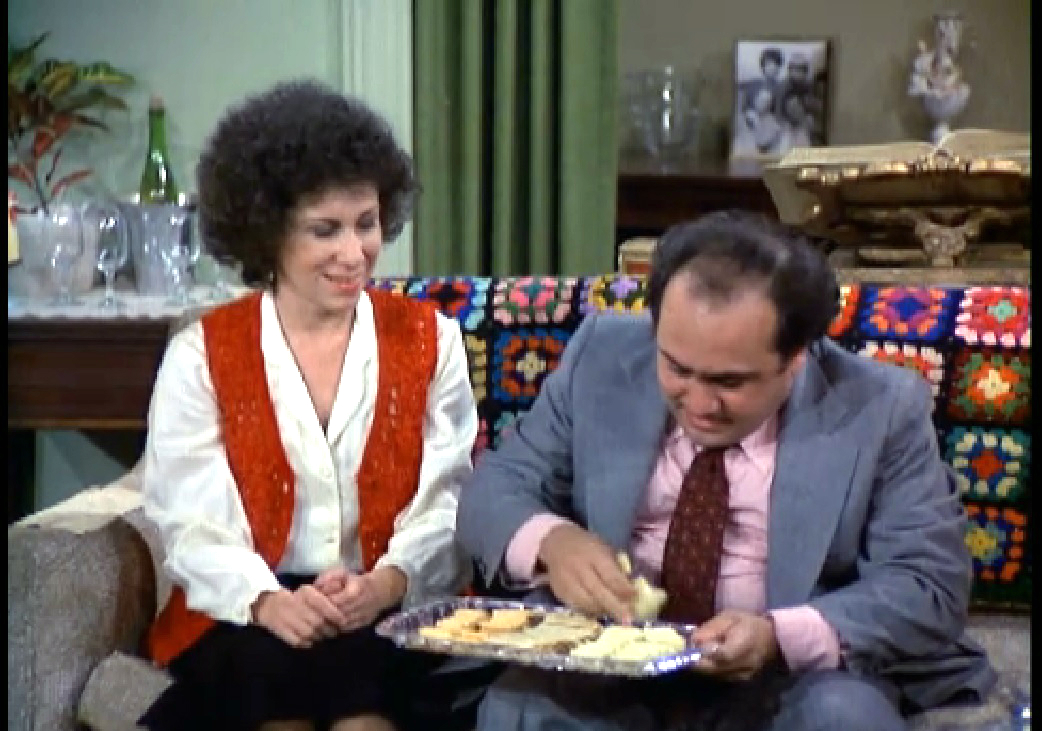
Earlier this week, David Lynch and his production crew wrapped principal shooting on the new Twin Peaks. In celebration, Showtime has announced all 217 cast members for the upcoming Twin Peaks revival. There are a bunch of the original cast members returning (noted in the list below in bold), along with some notable newbies. Interestingly, some of the returning actors played characters who are long dead. Standout new cast members include Ashley Judd, Michael Cera, Eddie Vedder, Laura Dern, Trent Reznor and Jim Belushi
I’m torn about whether this reboot will be any good. Lynch will definitely show us something we didn’t ask for, and it will probably unmoor us. Whether that qualifies as “good” or “not good” will depend almost strictly on the individual viewing it. The owls are not what they seem.
Aaseng, Jay
Aboutboul, Alon
Adams, Jane
Adler, Joe
Alden, Kate
Allynne, Stephanie
Amick, Mädchen
Anderson, Eric Ray
Andrews, Finn
Anweis, Elizabeth
Ashbrook, Dana
Auger, Joe
Augustine, Phoebe
Bailey, Melissa
Baird, Tammie
Battaglia, Matt
Bell, Chrysta
Bellucci, Monica
Belushi, Jim
Berger, Leslie
Beymer, Richard
Billingsley, John
Bisping, Michael
Blevins, Ronnie Gene
Bohlen, Kelsey
Bolger, Sean
Bower, Rachael
Briscoe, Brent
Broski, Robert
Brown, Wes
Bucher, Richard
Burkum, Page
Cameron, Scott
Cantu, Juan Carlos
Carides, Gia
Castellanos, Vincent
Cera, Michael
Chamberlain, Richard
Chase, Bailey
Chavez, Johnny
Clark, Candy
Clarke, Larry
Coffey, Scott
Collison, Frank
Coronado, Lisa
Coulson, Catherine E.
Cox, Grace Victoria
Coyne, Jonny
Croak, James
Cruise, Julee
D’Angelo, Heather
D’Arcy, Jan
Dastmalchian, David
Davies, Jeremy
Davies, Owain Rhys
de la Reguera, Ana
Del Rio, Rebekah
Dern, Laura
Dickson, Neil
Dillon, Hugh
Douglas, Cullen
Dowlin, Edward “Ted”
Drake, Judith
Duchovny, David
Durbin, Christopher
Eastwood, Francesca
Edelstein, Eric
Ennis, John
Fadem, Josh
Faircrest, Tikaeni
Farren, Eamon
Fenn, Sherilyn
Ferguson, Jay R.
Ferreira, Sky
Ferrer, Miguel
Field, Rebecca
Finck, Robin
Finney, Brian
Fischler, Patrick
Forster, Erika
Forster, Robert
Foster, Meg
Frost, Travis
Frost, Warren
Gagnon, Pierce
Galli, Allem
Gates, Hailey
Gelman, Brett
George, Ivy
Getty, Balthazar
Giordano, James
Goaz, Harry
Goodeve, Grant
Griffith, George
Griffith, Tad
Grixoni, James
Guest, Cornelia
Hammer, Travis
Harris, Hank
Hart, Annie
Hays, Andrea
Heath, Stephen
Hensley, Heath
Hershberger, Gary
Horse, Michael
Hudson, Ernie
Jee, Jay
Johnson, Jesse
Jones, Caleb Landry
Judd, Ashley
Judy, Luke
Kearin, Stephen
Kelly, David Patrick
Kenny, Laura
Kirkland, Dep
Knepper, Robert
Koechner, David
Kull, Virginia
LaLiberte, Nicole
Larson, Jay
Lee, Sheryl
Leigh, Jennifer Jason
Levy, Jane
Lillard, Matthew
Lindholm, Jeremy
Lipton, Peggy
Logan, Bellina Martin
Long, Sarah Jean
Lynch, David
Lynch, Riley
Lynch, Shane
MacLachlan, Kyle
Mahoney, Mark
Makinen, Karl
Malone
Maridueña, Xolo
Marlohe, Berenice
Mars, Rob
Marshall, James
Maurus, Elisabeth
McDermitt, Josh
McGill, Everett
McLane, Zoe
Mears, Derek
Middleton, Clark
Mills, Greg
Morrison, James
Murray, Christopher
Murray, Don
Nash, Joy
Niehaus, Priya Diane
O’Dell, Bill
O’Neill, Casey
Ochsner, Johnny
Olkewicz, Walter
Parenzini, Charity
Parenzini, Elias Nelson
Paulsen, John
Paxton, Sara
Perlich, Max
Phillips, Linas
Phillips, Tracy
Pirruccello, John
Porter, Linda
Quinn, Jelani
Radelet, Ruth
Reber, Mary
René, Adele
Reznor, Mariqueen
Reznor, Trent
Riggs, Carolyn P.
Robertson, Kimmy
Robie, Wendy
Rondell, Erik L.
Rosand, Marv
Rosenfield, Ben
Roth, Tim
Rowland, Rod
Russell, Carlton Lee
Satine, Elena
Savage, John
Seyfried, Amanda
Shiels, Amy
Shipman, Sawyer
Sizemore, Tom
Sohn, Sara
Sreenan, Malachy
Stanton, Harry Dean
Starr, J.R.
Stephenson, Bob
Stewart, Charlotte
Stofle, Emily
Strobel, Al
Struycken, Carel
Suplee, Ethan
Sutherland, Sabrina S.
Szohr, Jessica
Tamblyn, Russ
Tangradi, Bill
Tewes, Cynthia Lauren
Thelen, Jodee
Torrey, Jack
Van Etten, Sharon
Vedder, Eddie
Vrotsos, Greg
Wardle, Jake
Watts, Naomi
Williams, Nafessa
Wise, Ray
Witt, Alicia
Wydra, Karolina
Yi, Chariyne
Yuuki, Nae
Zabriskie, Grace
Zajac-Denek, Christophe
Zima, Madeline
Zingale, Blake




